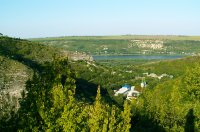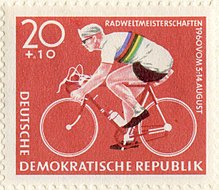
If you were wondering what a cosmo is here is the defintion of it: cosmo- a combining form meaning “world,” “universe,”
With that being said, lets talk about the cosmo of the Gagauz people.
What would it be to live in the life of a Gagauz person, with only two newspapers, radio, and television broadcasting you would think that it might get a little boring. But remember all that beautiful landscape Moldova has! In 1897 a census was taken and the data that was collected showed that the recent integration of Russian schools made little impact on the Gagauz society. Still the literacy level were 21% for men and less than 2% for women.
The Gagauz people were always at a disadvantage. With such high illiteracy rates it made schooling even harder. There were few schools that taught Gagauz language and even when those schools opened they were closed down soon after. With the introduction of Russian in the schooling system, Gagauz was forgotten and out the system altogether. It was hard to find teachers because of these rates, many of these teachers only had their high school diplomas and were unfit to teach higher level education.
Luckily in the past few years there has been a rise in in Gagauz language and in culture. With university's coming together, there has been a need for Gagauz-speaking teachers! All local media has been helping the rise in culture "renewal" with boarding folk traditions
Of course there is a few problems with the schools, the buildings are old and are poorly maintained. In 1988 the last school was built and since then was never completed and maintained. There is shortage of books for the students, even though Russia has offered to give books, the curriculum are different.
Other than having problem with the school system there is a bit of social problems as well. More than 30% of the students can not live at home because their parents have left to find jobs. Some times other relatives will take the children in if it is possible. Sadly there has been a rise of homeless children which is leading to a rise in drop-outs.
Fun Fact: The Gagauz people have there own written language but it is not considers a "real" language because it is not used in everyday life. Only a hand full of author still write in Gagauz












